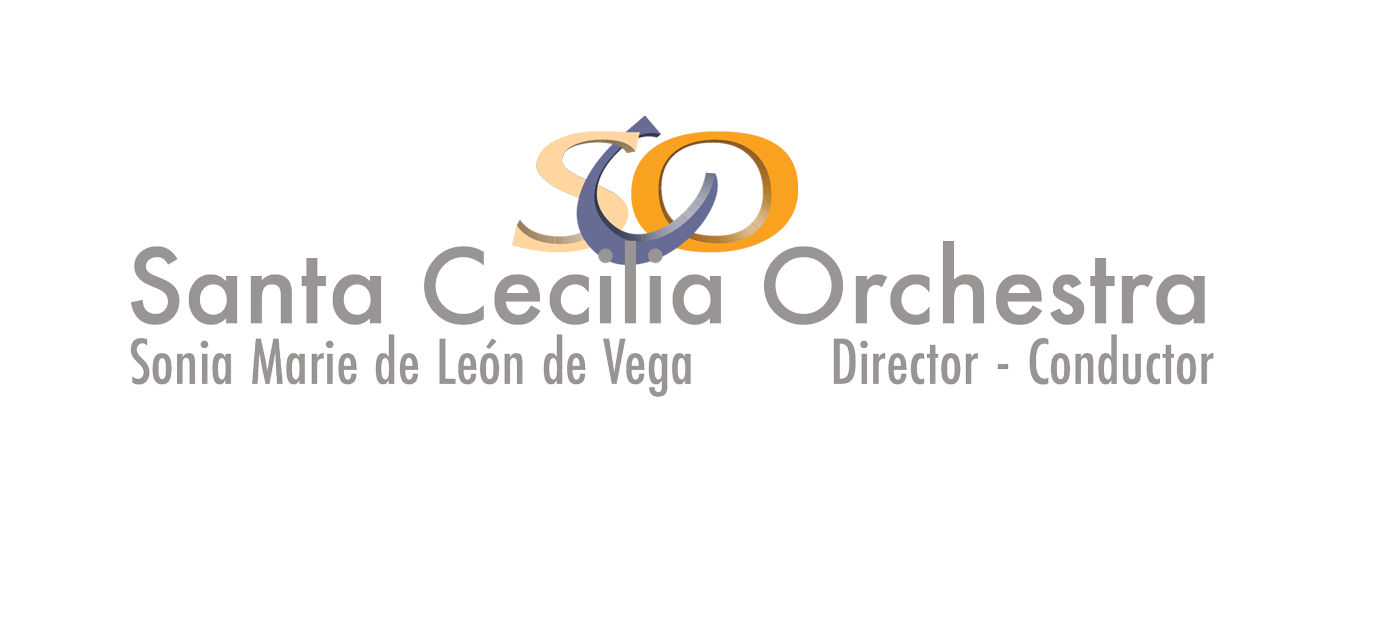
Over the last three decades, Santa Cecilia Orchestra has grown to become a cultural force in Los Angeles.
Our mission
Through live performances and stimulating music education programs, our mission is to share the beauty and inspiration of classical music with Southern California audiences, giving special focus to Latino communities that are underserved and underrepresented by the arts.
Over the last three decades, Santa Cecilia Orchestra has grown to become a cultural force in Los Angeles. Our great accomplishment is not only to make magnificent music but also to make that music accessible to nontraditional audiences, particularly underserved Latinos who are often ignored by the cultural giants in the city. Our concerts are presented in venues near some of the most impoverished and violent neighborhoods in Los Angeles. And our outreach programs take instruments and musicians into schools in those same neighborhoods.
Santa Cecilia Orchestra’s commitment to a mission that combines music and access has created a leadership role in the cultural life of Los Angeles.
Dream it.
We’ve taken the lead in removing barriers to performances in order to build a large non-traditional audience for classical music. Thus, we’ve created a reputation for consistently exceptional and distinct programming.
Build it.
We’ve been successful in opening avenues of communication, artistic expression, self-actualization, and community understanding and harmony.
Grow it.
Through artistic expression, our music has helped bridge gaps – ethnic, economic, social, cultural – to create stronger, better and more resilient communities.
Our History
Conductor Sonia Marie De León de Vega founded the orchestra in 1992, naming it after the patron saint of music, Saint Cecilia. De León de Vega’s father, singer-guitarist Reynaldo Sanchez, had a devotion to Saint Cecilia, praying to her before every performance. His dying wish was to visit the tomb of Saint Cecilia in Rome, with his daughter. The two went together in 1990 and he visited the tomb in the church of Santa Cecilia in Trastevere, where he sang “De Colores” in tribute to the saint. He died two weeks later from cancer at the age of 56. De León de Vega founded the orchestra and decided to name it after Saint Cecilia, in memory of her father.
Santa Cecilia Orchestra was built primarily to help fill a major gap in classical music – the lack of significant outreach to underprivileged areas, where access to and knowledge of classical music is often very limited. It is with this in mind that the orchestra has developed its repertoire.
Started with De León de Vega’s own money, the orchestra’s first performance was in St. Ignatius Church in Highland Park, Los Angeles. De León recalls,
“There were 28 musicians onstage, the altar area. We had about 12 people in the audience. It wasn’t a great start. That’s just the way it is. It takes lots and lots of work. I found out you can’t just put on a concert and expect people to show up.”
Persevering through the challenges of its early years, the orchestra played in a variety of venues, from Eagle Rock and Highland Park to Downtown Los Angeles and Beverly Hills. Thorne Hall at Occidental College finally became the permanent residence of the orchestra beginning with the 1999-2000 season. Currently, 85 orchestra members play for Santa Cecilia Orchestra.



